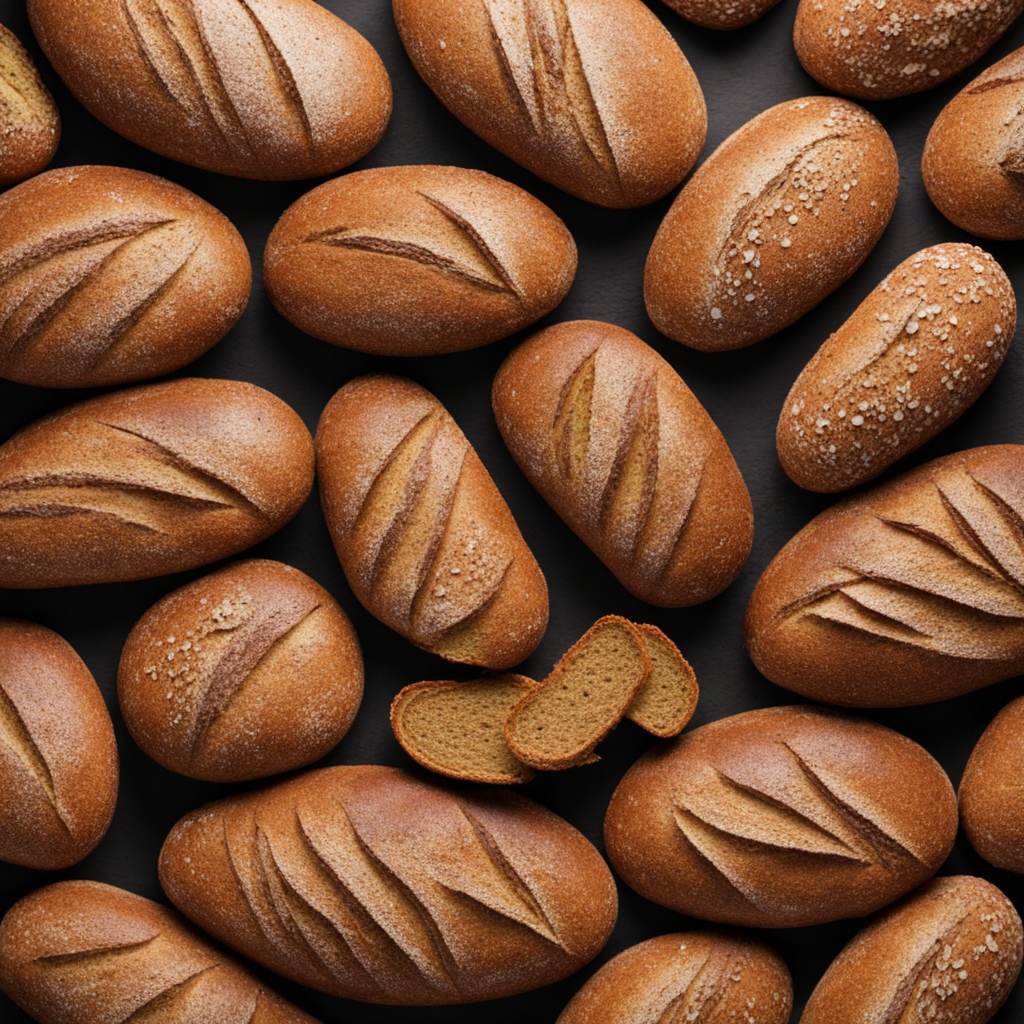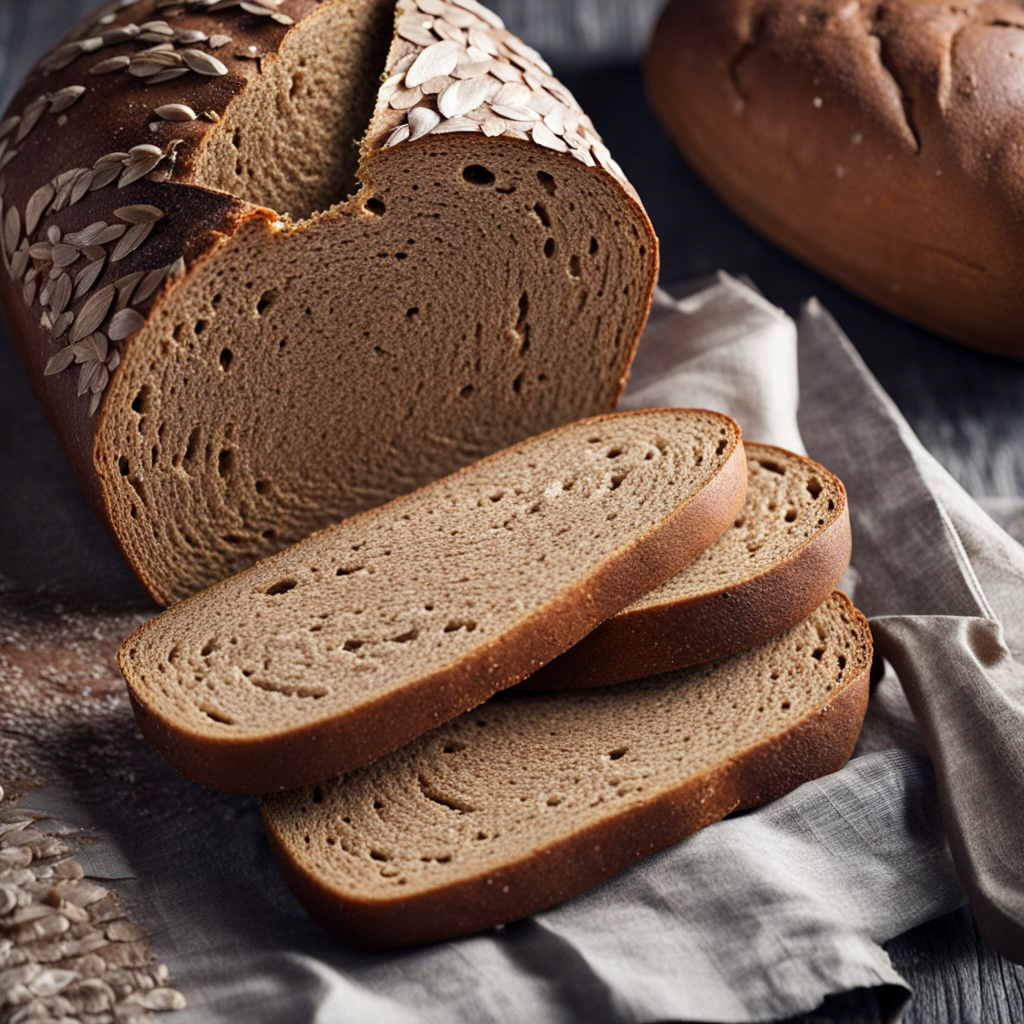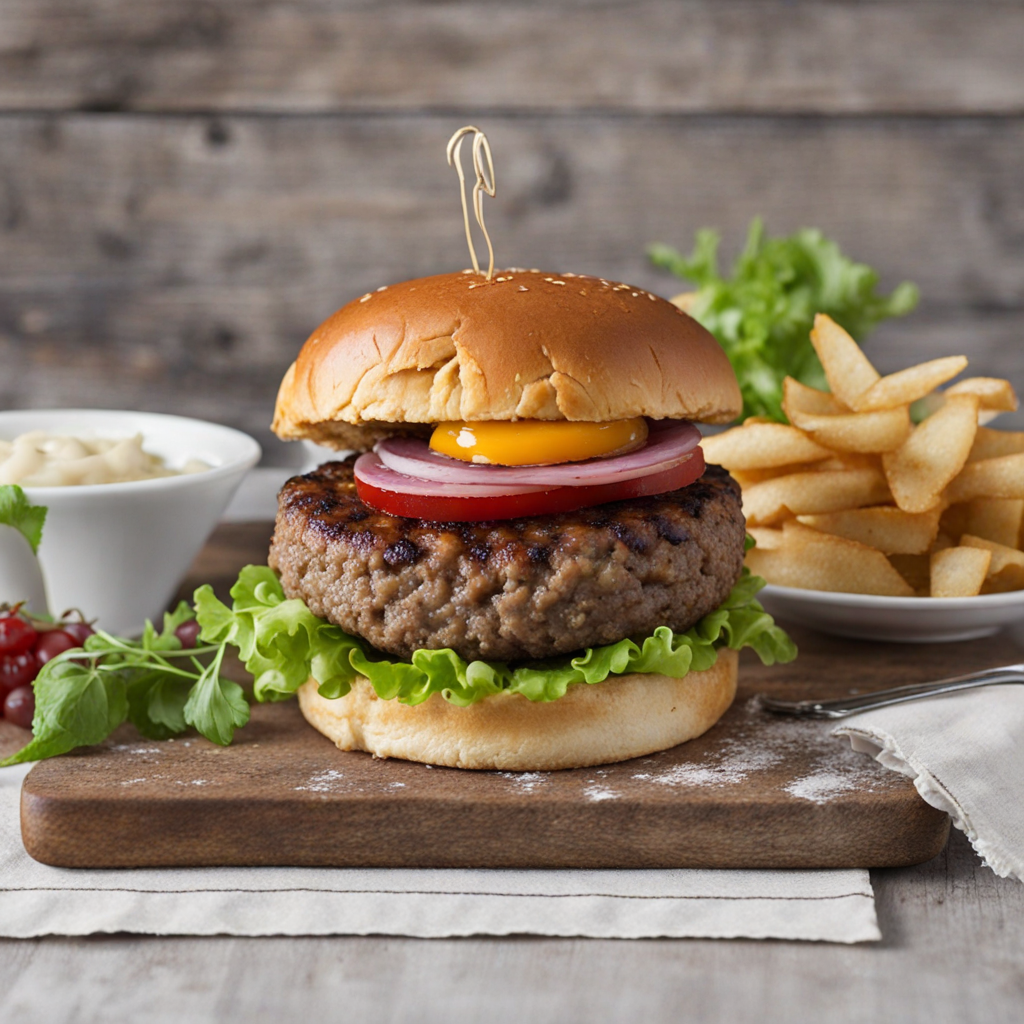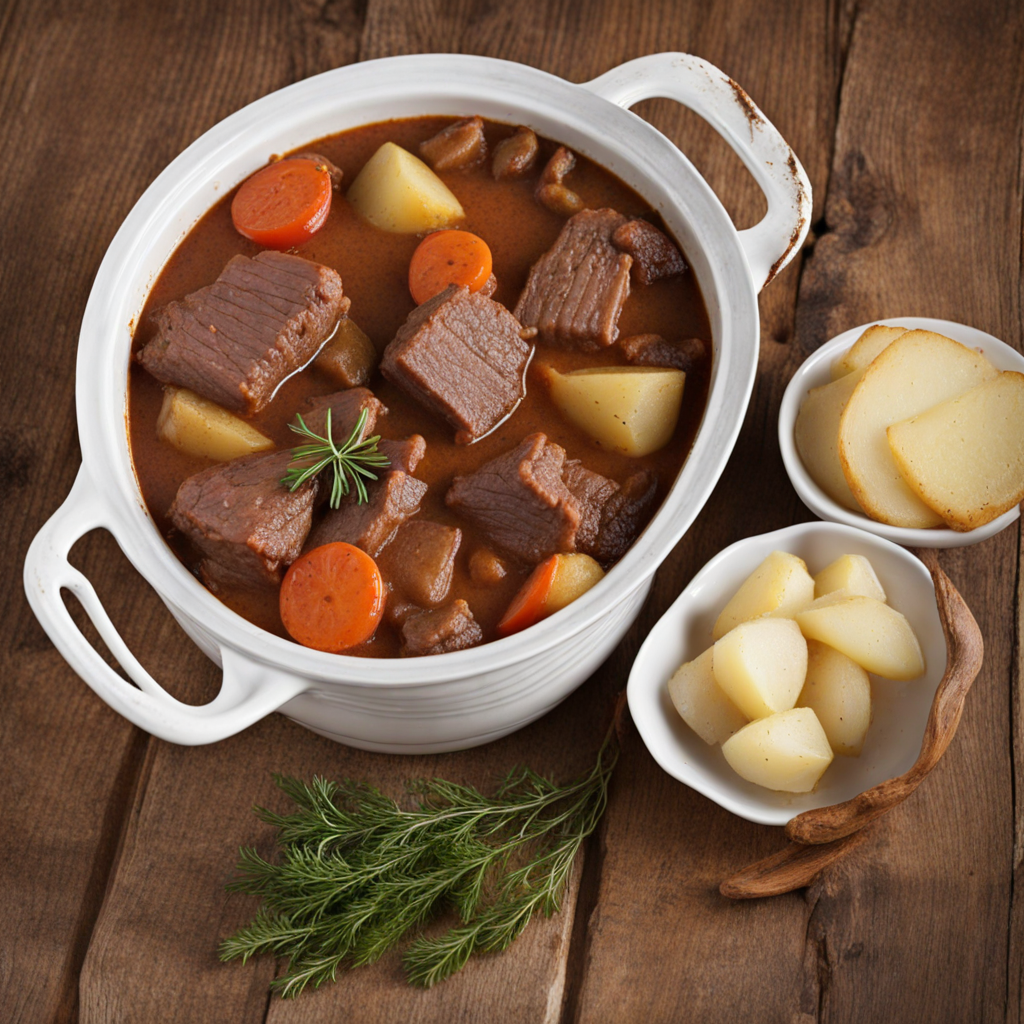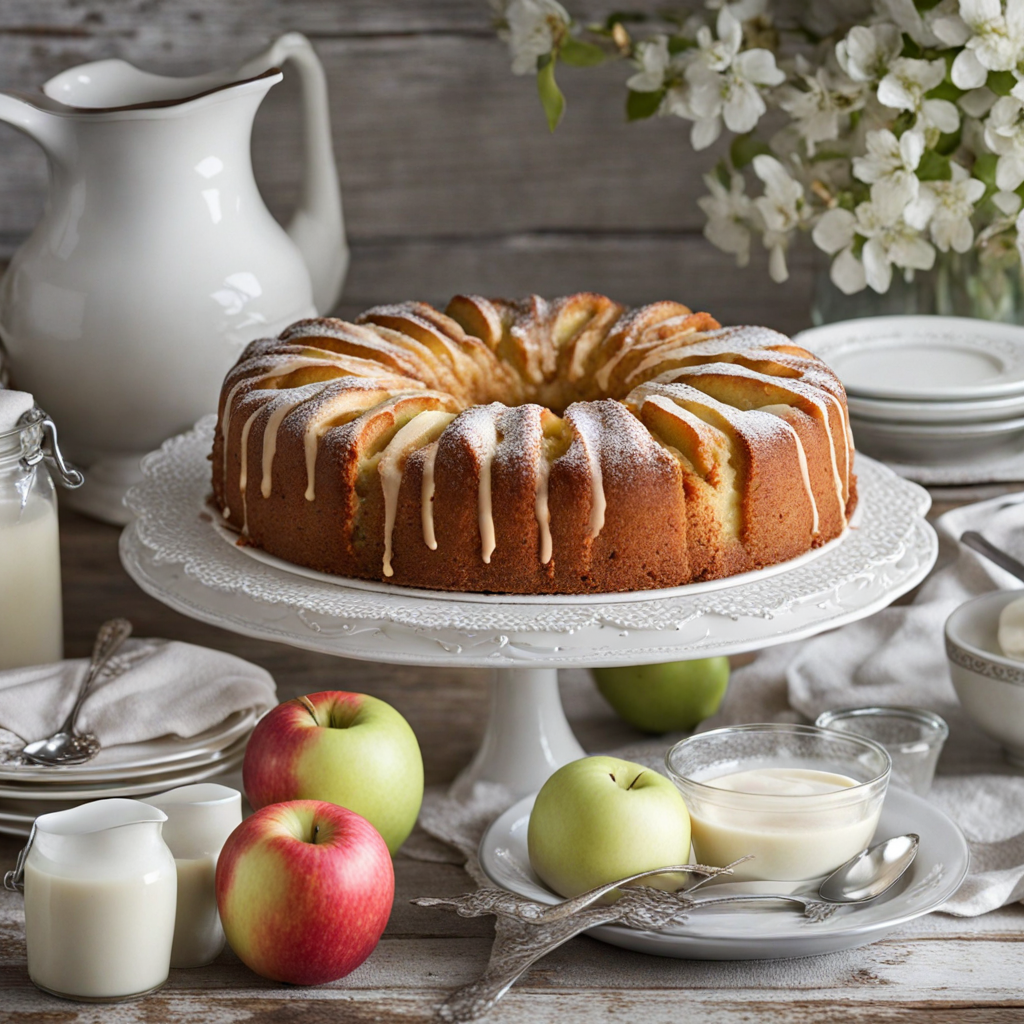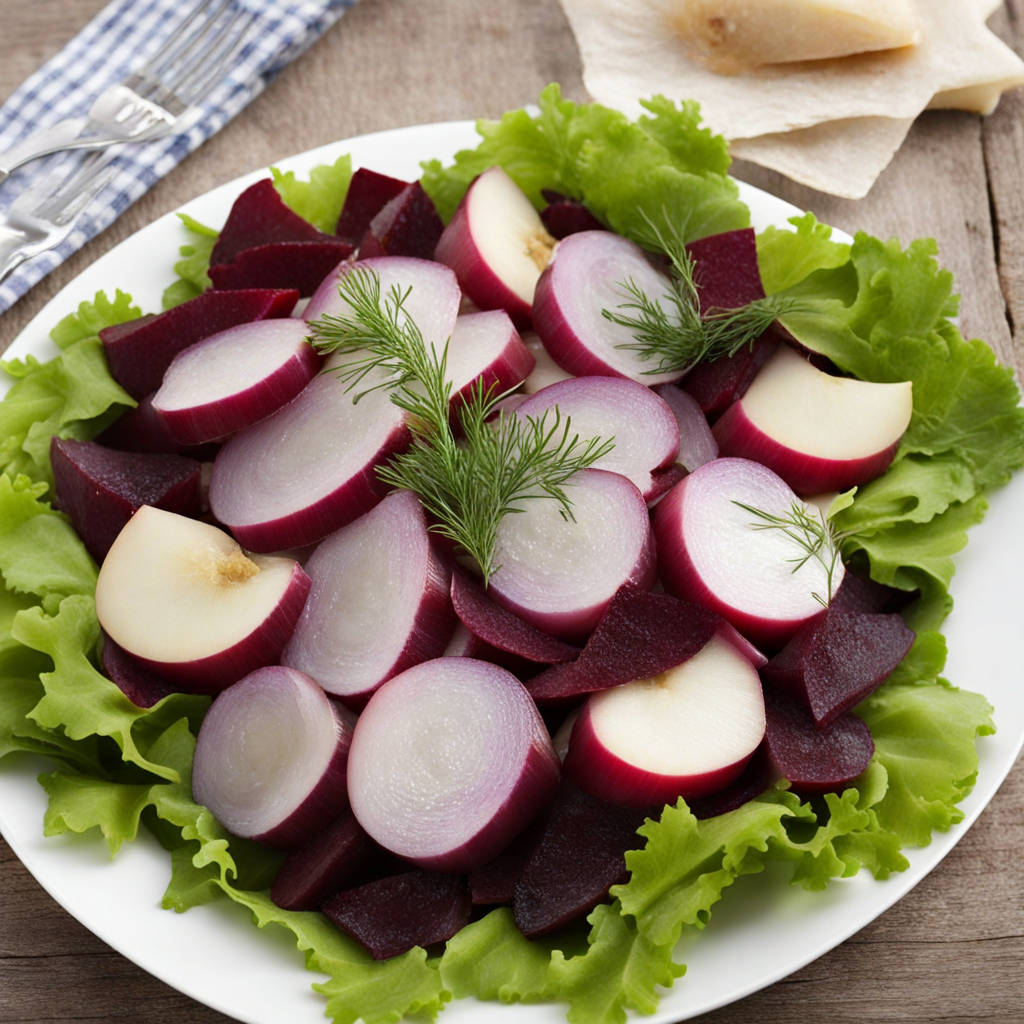Rye Bread
Rye bread, a staple in Swedish cuisine, offers a unique flavor profile that sets it apart from more common wheat-based breads. Made primarily from rye flour, this bread has a dense, hearty texture that is both satisfying and nourishing. The flavor of rye is distinctly earthy and slightly tangy, often enhanced by the fermentation process that many traditional recipes employ. This results in a bread that not only complements a variety of toppings but also stands alone as a flavorful dish in its own right. Swedish rye bread is commonly enjoyed with an array of toppings, making it a versatile choice for any meal of the day. It pairs beautifully with butter and cheese, but also shines with smoked salmon or pickled herring, which are popular in Swedish cuisine. The rich, robust flavor of the rye provides a perfect backdrop for both sweet and savory accompaniments, allowing for an exploration of tastes that can range from the simple to the sophisticated. In Sweden, rye bread is not just food; it's a cultural experience. Often served during festive occasions or as part of traditional meals, it evokes a sense of community and heritage. The process of making rye bread can be seen as an art, with many families passing down their recipes through generations. Whether enjoyed fresh from the oven or toasted for a delightful crunch, Swedish rye bread invites you to savor its distinctive taste and appreciate the culinary traditions of Sweden.
How It Became This Dish
The History of Rågbröd: Sweden’s Rye Bread Rågbröd, or rye bread, is an integral part of Sweden's culinary heritage, cherished for both its taste and its cultural significance. This dense, nutritious bread has a storied history that reflects the agricultural practices, societal changes, and culinary traditions of the Scandinavian region. #### Origins: The Birth of Rågbröd The origins of rågbröd are deeply rooted in Sweden's agrarian past. Rye, known as "råg" in Swedish, has been cultivated in the region since the Middle Ages. It was a hardy grain that thrived in the cooler, less fertile soils of Scandinavia, making it ideal for the region's climate. Unlike wheat, which required richer soils, rye could withstand the harsh conditions and provided a reliable source of sustenance for the population. The earliest forms of rye bread were simple and rustic, often made with coarsely milled rye flour mixed with water and salt. These early loaves were dense and dark, reflecting the grain used and the rudimentary baking techniques of the time. As rye bread became a staple in the Swedish diet, it evolved in response to local ingredients and baking traditions, eventually becoming a symbol of Swedish identity. #### Cultural Significance: A Bread for the People Rågbröd holds a special place in Swedish culture and tradition. It is not just food; it is a cultural artifact that tells the story of the Swedish people. Traditionally, rye bread was associated with the working class and rural communities, often served at every meal. Its dense texture and robust flavor made it a perfect companion for hearty Swedish dishes, from pickled herring to cured meats and cheese. The significance of rågbröd can also be seen in its role during special occasions and holidays. During Midsummer and Christmas, for example, rye bread is a common feature of the festive table, often adorned with butter, cheese, and cured fish. It is also a central component of the traditional Swedish smörgåsbord, where it serves as a base for various toppings, showcasing the seamless integration of rye bread into Swedish culinary practices. Rågbröd is not merely a sustenance item; it reflects the values of frugality and resourcefulness. In times of hardship, such as during the 19th century when famine struck parts of Sweden, rye bread was a crucial source of nutrition. Families would bake large quantities and preserve them, ensuring they could weather difficult times. This practice highlights the resilience of the Swedish people and their deep connection to the land and its resources. #### Development Over Time: From Peasant Food to Gourmet Delicacy As Sweden progressed through the centuries, so too did the methods of making rågbröd. In the 18th and 19th centuries, with the advent of the Industrial Revolution, bread production began to shift. Bakeries started to emerge in urban areas, and the availability of commercial yeast and refined ingredients changed the landscape of bread-making. In traditional settings, rye bread was often leavened with a sourdough starter, which contributed to its characteristic tangy flavor and chewy texture. This method persisted for generations, with families passing down their unique starters as heirlooms. However, as convenience became a priority in the modern age, many began using commercial yeasts, leading to a softening of the bread's texture and a departure from the more robust, sour flavors of traditional recipes. Despite these changes, the artisanal movement of the late 20th and early 21st centuries sparked a renewed interest in traditional baking methods. Many Swedish bakers began to embrace the old techniques, focusing on whole grains and sourdough fermentation. This revival not only honored the historical practices but also aligned with a growing interest in health and sustainability. Whole grain rye bread, rich in fiber and nutrients, was once again celebrated for its health benefits. #### Rågbröd Today: A Culinary Staple Today, rågbröd continues to be a staple in Swedish households, and its popularity has spread beyond Sweden’s borders. It is found in various forms, from the dense, dark loaves of traditional bakers to lighter, commercially produced versions. Artisanal bakeries across the country have revived classic recipes, offering a range of rye breads that cater to both traditionalists and modern palates. In Sweden, you can find rågbröd in many variations, including the iconic "knäckebröd," a crisp, flatbread made from rye flour that is often enjoyed as a snack or accompaniment to meals. Knäckebröd has become a symbol of Swedish culture, known for its long shelf life and versatility. It is commonly topped with butter, cheese, or various spreads, showcasing the adaptability of rye as a base ingredient. Moreover, the global trend towards plant-based diets and whole foods has further enhanced the appeal of rågbröd. It is frequently featured in health-conscious recipes, with many people praising its low glycemic index and high fiber content. The bread has transcended its humble origins, being embraced by chefs and food enthusiasts alike, who incorporate it into contemporary dishes or serve it alongside gourmet meals. #### Conclusion: A Living Tradition Rågbröd is more than just a type of bread; it is a living tradition that carries the weight of history, culture, and community. From its humble beginnings as a staple food for rural Swedes to its renaissance in the artisanal baking movement, rågbröd has proven to be resilient and adaptable. It stands as a testament to the enduring connection between the land and the people, embodying the values of sustainability, resourcefulness, and culinary heritage. As Sweden continues to evolve, so too will the traditions surrounding rågbröd. It remains a beloved food, a symbol of national identity, and a delicious reminder of the rich agricultural history that shaped the nation. Whether enjoyed in a cozy kitchen, at a festive gathering, or in a gourmet restaurant, rågbröd will always hold a special place in the hearts and stomachs of those who appreciate its depth of flavor and historical significance.
You may like
Discover local flavors from Sweden


